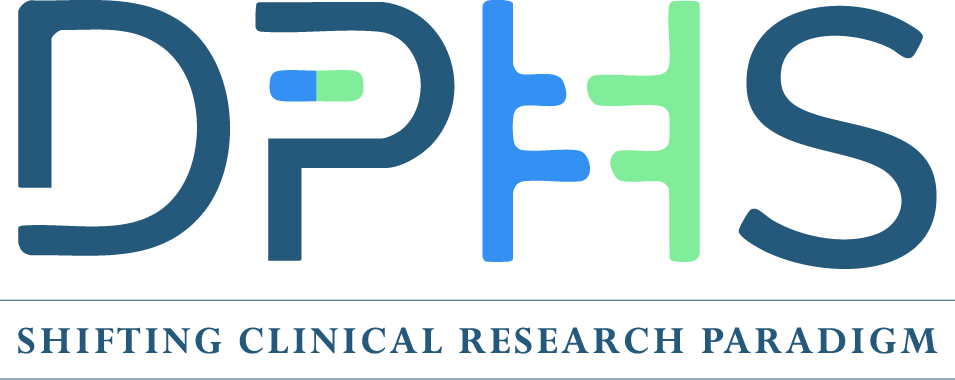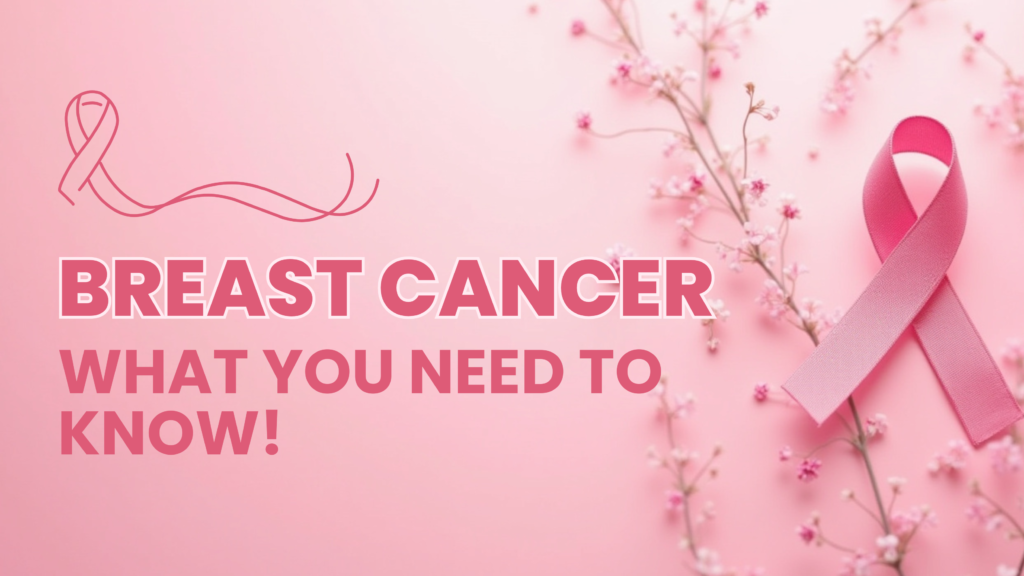Introduction
Breast cancer is one of the most common cancers affecting women worldwide, including India. Despite growing awareness, early detection remains a challenge, especially in Tier 2 and Tier 3 cities where access to healthcare and screening facilities is limited. This blog aims to provide a complete guide on breast cancer, covering its causes, types, symptoms, risk factors, diagnosis, and recent advancements in treatment options, both in India and globally.
What is Breast Cancer?
Breast cancer occurs when abnormal cells in the breast grow uncontrollably, forming a lump or tumor. These cancerous cells can spread (metastasize) to other parts of the body if not detected and treated in time. While breast cancer primarily affects women, men can also develop the disease, though it is rare.
Types of Breast Cancer
Understanding the different types of breast cancer can help in choosing the right treatment. The main types include:
1. Ductal Carcinoma In Situ (DCIS)
- A non-invasive cancer where abnormal cells are found in the lining of the milk ducts.
- Highly treatable when detected early.
2. Invasive Ductal Carcinoma (IDC)
- The most common type, making up about 80% of cases.
- Starts in the milk ducts but spreads to surrounding breast tissue.
3. Invasive Lobular Carcinoma (ILC)
- Begins in the milk-producing glands (lobules) and can spread to other parts of the body.
- Often difficult to detect through mammograms.
4. Triple-Negative Breast Cancer (TNBC)
- Lacks estrogen, progesterone, and HER2 receptors.
- More aggressive and challenging to treat.
5. HER2-Positive Breast Cancer
- Cancer cells have an excess of the HER2 protein, leading to rapid cell growth.
- Targeted therapies are available.
6. Inflammatory Breast Cancer (IBC)
- A rare but aggressive form of breast cancer.
- Causes swelling, redness, and a rash-like appearance on the breast.
7. Metastatic Breast Cancer
- Also called stage IV breast cancer, it has spread to other organs like the bones, liver, lungs, or brain.
- Requires advanced treatment options.
Symptoms of Breast Cancer
Recognizing early symptoms can lead to timely diagnosis and treatment. Common signs include:
- Lump in the breast or underarm (most common sign)
- Changes in breast size, shape, or appearance
- Pain in the breast or nipple
- Nipple discharge (clear or bloody)
- Skin dimpling, redness, or peeling
- Inverted or retracted nipple
Who is at Risk?
Several factors increase the risk of developing breast cancer. Some of these include:
- Age: Risk increases with age, especially after 50.
- Family history & genetics: BRCA1 & BRCA2 gene mutations significantly raise risk.
- Hormonal factors: Early menstruation (before 12) or late menopause (after 55).
- Lifestyle choices: Obesity, alcohol consumption, smoking, and lack of physical activity.
- Radiation exposure: Previous chest radiation therapy.
- Personal medical history: Prior breast cancer or benign breast disease.
Diagnosis: How is Breast Cancer Detected?
Early detection significantly improves treatment success. Common diagnostic methods include:
1. Self-Examination
- Women should regularly check for lumps, changes in shape, or any abnormalities.
2. Mammography
- A low-dose X-ray that helps detect breast cancer early.
- Recommended annually for women above 40.
3. Ultrasound & MRI
- Used to examine dense breast tissue.
- MRI is suggested for high-risk individuals.
4. Biopsy
- The removal of a small tissue sample for testing.
- Confirms whether the cells are cancerous.
Treatment Options for Breast Cancer
Treatment depends on the cancer type, stage, and patient’s health. Key treatments include:
1. Surgery
- Lumpectomy: Removal of the tumor while preserving the breast.
- Mastectomy: Complete removal of one or both breasts.
2. Radiation Therapy
- Uses high-energy rays to destroy cancer cells.
- Often used after surgery to prevent recurrence.
3. Chemotherapy
- Involves powerful drugs to kill cancer cells.
- Can be used before (neoadjuvant) or after (adjuvant) surgery.
4. Hormonal Therapy
- Blocks hormones that fuel cancer growth.
- Effective for hormone receptor-positive breast cancers.
5. Targeted Therapy
- Specifically attacks cancer cells with minimal harm to normal cells.
- HER2-targeted drugs like Trastuzumab (Herceptin) are commonly used.
Recent Advancements in Breast Cancer Treatment (India & Global)
Breakthroughs in breast cancer treatment have improved survival rates. Some latest advancements include:
1. Immunotherapy
- Helps the immune system recognize and attack cancer cells.
- Pembrolizumab (Keytruda) is approved for TNBC.
2. Precision Medicine
- Uses genetic profiling to tailor treatment for individual patients.
- Helps reduce side effects and improve effectiveness.
3. Artificial Intelligence (AI) in Diagnosis
- AI-powered tools detect cancer earlier than traditional methods.
- Google’s DeepMind AI has shown promising results in early detection.
4. Advances in India
- Government initiatives like Ayushman Bharat provide affordable cancer treatment.
- Tata Memorial Centre and AIIMS leading research in breast cancer therapies.
Prevention: How Can You Reduce Your Risk?
Though not all cases are preventable, adopting healthy habits can lower risk:
- Maintain a healthy weight
- Engage in regular physical activity
- Eat a balanced diet rich in vegetables & fruits
- Limit alcohol & quit smoking
- Breastfeed if possible (reduces hormone-driven cancers)
- Go for regular screenings & mammograms
Conclusion
Breast cancer awareness is crucial in saving lives. Early detection, lifestyle modifications, and access to advanced treatments can improve survival rates, especially in India’s Tier 2 and Tier 3 cities where awareness needs to increase. Governments, NGOs, and healthcare institutions must work together to educate and provide better screening facilities.
By spreading awareness, supporting research, and encouraging early diagnosis, we can take a step closer to reducing breast cancer-related deaths worldwide.



